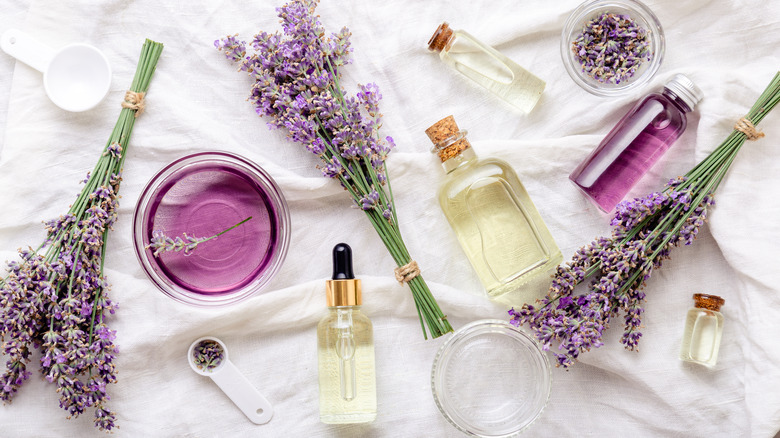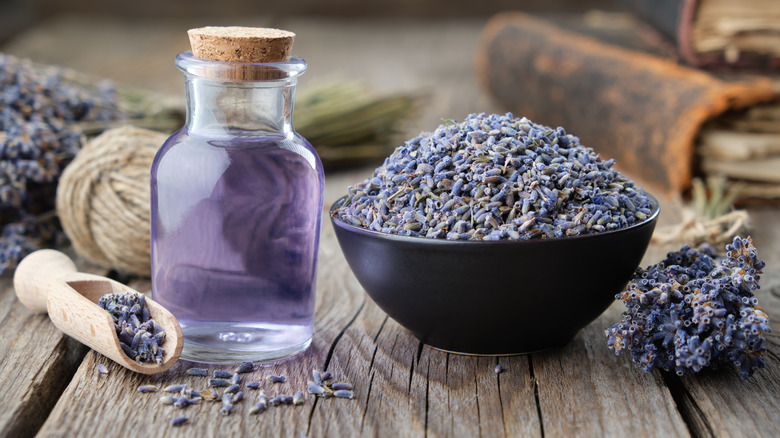1999 was named the “year of lavender!” and although it’s not 1999 anymore it might still be the year of lavender. In ancient times, the Egyptians used lavender in incense and perfume and it was even used in the mummification process. The Arabs, Greeks, and Romans used lavender as an offering to their gods. Let’s look at some common uses of lavender in this day and age.
Common Uses Of Lavender:
- Prevent some childhood infections
- Soothe temper tantrums in children Treat burns (from minor to scalding)
- Eczema
- Grazes/cuts
- Inflammation
- Dermatitis
- Headaches/migraines
- Fainting
- Nausea
- Insomnia
- Bacterial infections
- Boils
- Acne
- Arthritis and rheumatism
- As a germicidal agent, lavender oil is non-toxic. It contains linalool and linalool acetate which play important roles in the healing process.
- When inhaled lavender produces a calming effect
- Treating depression and sleep disorders to treating premenstrual syndrome.
- Beauty and bath products
- Aromatherapy gifts such as bar soap, bath bomb fizzers, bath crystals, bath oil beads, closet or drawer sachets, hand and body lotions, sleep pillows, and soothing herbal sea salts.
- Beauty products that contain lavender range from body sprays and hair care products to a variety of skincare products.
- Creating a sense of peace and promoting relaxation.

Used in home cleaning products?
Fun facts:
Queen Victoria insisted that her furniture and floors be cleaned with lavender to freshen up the rooms in her castle. Queen Elizabeth I of England enjoyed drinking lavender tea as a way to relieve her migraines and other maladies. During World War I, nurses treated injured soldiers by washing their wounds with an antiseptic wash that contained lavender.
Cooking With Lavender
Lavender flowers and leaves can be used freshly cut while their buds and stems can be dried before use. It is best to use lavender with other herbs, such as fennel, oregano, and savory, and it can also be used with its other mint cousins (rosemary, sage, and thyme). Please use sparingly or the recipe will have a bitter taste.
Until next time, Lavender up your life!

